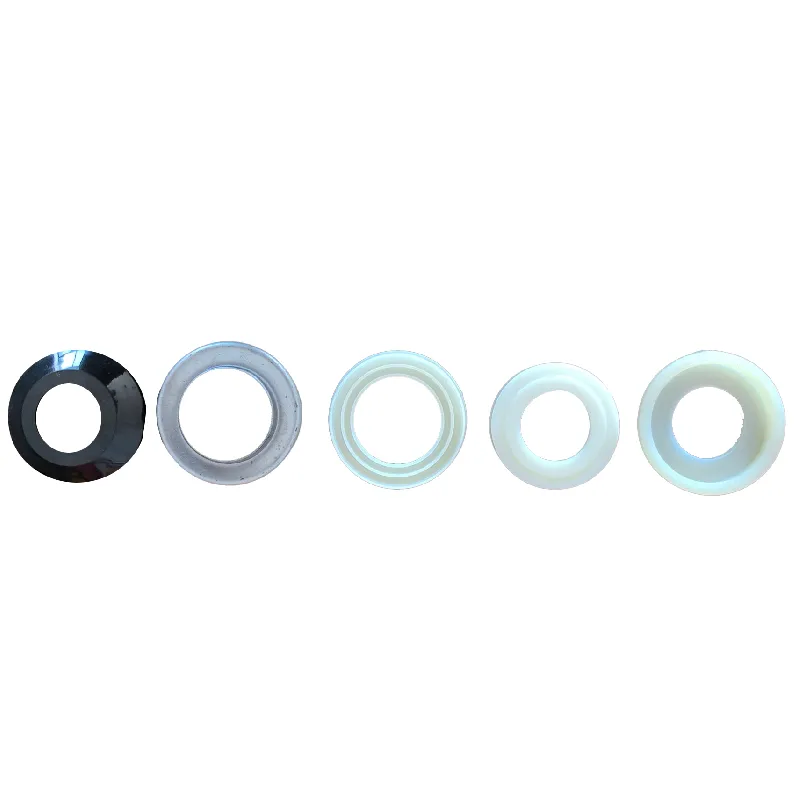 Afrikaans
Afrikaans  Albanian
Albanian  Amharic
Amharic  Arabic
Arabic  Armenian
Armenian  Azerbaijani
Azerbaijani  Basque
Basque  Belarusian
Belarusian  Bengali
Bengali  Bosnian
Bosnian  Bulgarian
Bulgarian  Catalan
Catalan  Cebuano
Cebuano  Corsican
Corsican  Croatian
Croatian  Czech
Czech  Danish
Danish  Dutch
Dutch  English
English  Esperanto
Esperanto  Estonian
Estonian  Finnish
Finnish  French
French  Frisian
Frisian  Galician
Galician  Georgian
Georgian  German
German  Greek
Greek  Gujarati
Gujarati  Haitian Creole
Haitian Creole  hausa
hausa  hawaiian
hawaiian  Hebrew
Hebrew  Hindi
Hindi  Miao
Miao  Hungarian
Hungarian  Icelandic
Icelandic  igbo
igbo  Indonesian
Indonesian  irish
irish  Italian
Italian  Japanese
Japanese  Javanese
Javanese  Kannada
Kannada  kazakh
kazakh  Khmer
Khmer  Rwandese
Rwandese  Korean
Korean  Kurdish
Kurdish  Kyrgyz
Kyrgyz  Lao
Lao  Latin
Latin  Latvian
Latvian  Lithuanian
Lithuanian  Luxembourgish
Luxembourgish  Macedonian
Macedonian  Malgashi
Malgashi  Malay
Malay  Malayalam
Malayalam  Maltese
Maltese  Maori
Maori  Marathi
Marathi  Mongolian
Mongolian  Myanmar
Myanmar  Nepali
Nepali  Norwegian
Norwegian  Norwegian
Norwegian  Occitan
Occitan  Pashto
Pashto  Persian
Persian  Polish
Polish  Portuguese
Portuguese  Punjabi
Punjabi  Romanian
Romanian  Russian
Russian  Samoan
Samoan  Scottish Gaelic
Scottish Gaelic  Serbian
Serbian  Sesotho
Sesotho  Shona
Shona  Sindhi
Sindhi  Sinhala
Sinhala  Slovak
Slovak  Slovenian
Slovenian  Somali
Somali  Spanish
Spanish  Sundanese
Sundanese  Swahili
Swahili  Swedish
Swedish  Tagalog
Tagalog  Tajik
Tajik  Tamil
Tamil  Tatar
Tatar  Telugu
Telugu  Thai
Thai  Turkish
Turkish  Turkmen
Turkmen  Ukrainian
Ukrainian  Urdu
Urdu  Uighur
Uighur  Uzbek
Uzbek  Vietnamese
Vietnamese  Welsh
Welsh  Bantu
Bantu  Yiddish
Yiddish  Yoruba
Yoruba  Zulu
Zulu pulley rubber lagging
The Importance of Pulley Rubber Lagging in Conveyor Systems
In the world of material handling and conveyor systems, rubber lagging plays a crucial role in enhancing the performance and durability of pulleys. Whether in mining, manufacturing, or any industry that uses conveyor belts, understanding the significance of pulley rubber lagging can greatly improve operational efficiency and reduce maintenance costs. This article explores what rubber lagging is, its benefits, different types, and the best practices for installation and maintenance.
Understanding Rubber Lagging
Rubber lagging refers to the process of covering a pulley with a layer of rubber material. This layer serves multiple purposes, primarily to improve the friction between the pulley and the conveyor belt. Without lagging, the surface of the pulley may be smooth and slippery, causing slippage, which can lead to operational inefficiencies. The lagged surface not only increases traction but also helps to extend the life of both the belt and the pulley.
Benefits of Rubber Lagging
1. Improved Traction One of the foremost benefits of rubber lagging is the enhanced grip it provides. The added friction reduces slippage, ensuring that the conveyor belt operates efficiently. This is especially critical when handling heavy loads or materials with an uneven surface.
2. Wear Resistance Rubber lagging is manufactured to withstand harsh conditions, including abrasion, moisture, and various chemicals. The durability of rubber extends the life of the pulley, reducing downtime and replacement costs.
3. Protection Against Contamination Lagging helps to prevent debris, dust, and moisture from reaching the pulley and the bearings. This protection minimizes wear and tear, contributing to the overall health of the conveyor system.
4. Noise Reduction The addition of rubber lagging can significantly reduce noise generated by the friction between the pulley and the belt. This is not only beneficial for the work environment but also for compliance with noise regulations.
5. Vibration Dampening The rubber material absorbs vibrations that could otherwise lead to mechanical failures or diminished efficiency in the conveyor system. This dampening effect promotes smoother operations.
Types of Rubber Lagging
There are several types of rubber lagging available, each designed for specific applications and environmental conditions
pulley rubber lagging

1. Smooth Rubber Lagging Ideal for standard applications where moderate traction is sufficient. It’s easy to clean and maintain, making it a popular choice.
2. Textured Rubber Lagging This type features a patterned surface to provide even more grip. It’s commonly used in challenging conditions where heavy loads or inclines are involved.
3. Ceramic Rubber Lagging Incorporating ceramic tiles into the rubber layer, this option is designed for extreme wear situations. It offers excellent traction and durability for heavy-duty applications.
4. Heat-Resistant Rubber Lagging Used in industries where high temperatures are a factor, this type resists degradation from heat and maintains its performance under stressful conditions.
Best Practices for Installation and Maintenance
To maximize the benefits of rubber lagging, proper installation and maintenance are essential
- Installation Ensure that the surface of the pulley is clean and free from rust and debris before applying the rubber lagging. This step will help create a strong bond and prevent premature wear.
- Regular Inspections Conduct routine inspections to check for signs of wear or damage to the lagging. Early detection can save costs and prevent operational disruptions.
- Proper Alignment Ensure that the conveyor belt is correctly aligned with the pulleys. Misalignment can lead to uneven wear on the rubber lagging and compromise its benefits.
- Replacement as Needed Over time, rubber lagging will degrade. Monitor its condition and replace it promptly to maintain the efficiency of the conveyor system.
Conclusion
In summary, pulley rubber lagging is a fundamental component that contributes to the efficient and reliable operation of conveyor systems across various industries. With its ability to enhance traction, improve wear resistance, and safeguard against contamination, rubber lagging is a worthwhile investment. By understanding its importance and implementing best practices for installation and maintenance, businesses can ensure their conveyor systems run smoothly and cost-effectively.
-
Revolutionizing Conveyor Reliability with Advanced Rubber Lagging PulleysNewsJul.22,2025
-
Powering Precision and Durability with Expert Manufacturers of Conveyor ComponentsNewsJul.22,2025
-
Optimizing Conveyor Systems with Advanced Conveyor AccessoriesNewsJul.22,2025
-
Maximize Conveyor Efficiency with Quality Conveyor Idler PulleysNewsJul.22,2025
-
Future-Proof Your Conveyor System with High-Performance Polyurethane RollerNewsJul.22,2025
-
Driving Efficiency Forward with Quality Idlers and RollersNewsJul.22,2025





























